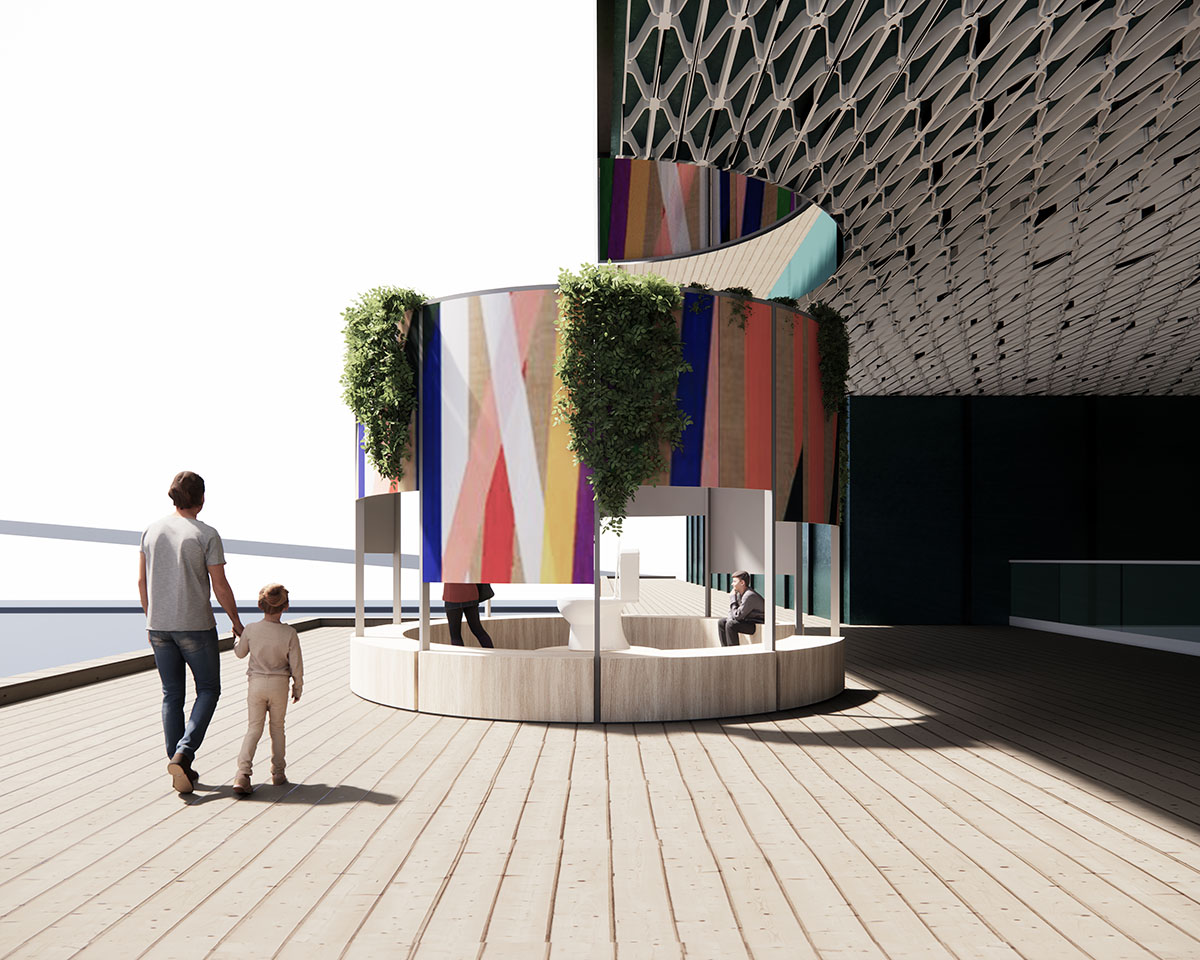Architecture Pavilions Address UN Sustainable Development Goals At UIA World Congress
Architecture Pavilions address un sustainable development goals at UIA world congress. The UIA (International Union of Architects) World Congress, a prestigious event that brings together architects, urban planners, and design professionals from around the globe, recently unveiled a series of remarkable architecture pavilions.
Author:George EvansMay 02, 202331K Shares912.6K Views

Architecture Pavilions address un sustainable development goalsat UIA world congress. The UIA (International Union of Architects) World Congress, a prestigious event that brings together architects, urban planners, and design professionals from around the globe, recently unveiled a series of remarkable architecture pavilions.
These pavilions are specifically designed to address the United Nations' Sustainable Development Goals (SDGs), highlighting the crucial role architecture plays in creating sustainable and inclusive built environments. This article explores the groundbreaking pavilions showcased at the UIA World Congress, demonstrating how architecture can contribute to a better future.
The UIA World Congress emphasized the transformative power of design and architecture in shaping sustainable communities. The showcased pavilions showcased innovative design concepts that integrate environmental, social, and economic considerations. They demonstrated how thoughtful design can address pressing global challenges, such as climate change, urbanization, inequality, and resource depletion.
Several pavilions at the UIA World Congress focused on addressing the urgent need for climate action. These pavilions presented sustainable design strategies that prioritize energy efficiency, renewable energy integration, and carbon neutrality.
They showcased innovative solutions like passive design principles, green roofs, rainwater harvesting systems, and the use of recycled materials, highlighting architecture's potential to reduce carbon footprints and mitigate environmental impact.
Architecture has a profound impact on social equity and inclusivity. The UIA World Congress pavilions demonstrated how design can foster social cohesion and create inclusive communities.
Architects showcased projects that prioritize accessibility, universal design, and the provision of affordable housing. These pavilions emphasized the importance of designing spaces that cater to diverse populations, ensuring equal access and opportunities for all.
With the increasing frequency and severity of natural disasters, the need for resilient cities has never been more crucial. The UIA World Congress pavilions presented innovative design approaches that enhance urban resilience.
These pavilions showcased strategies such as flood-resistant infrastructure, green spaces for climate adaptation, and resilient building materials. They highlighted the importance of designing cities that can withstand environmental challenges while providing safe and livable spaces for their residents.
The pavilions at the UIA World Congress also emphasized the importance of adopting circular economy principles and sustainable materials in architecture. Architects showcased projects that promote resource efficiency, waste reduction, and the use of recycled and upcycled materials.
These pavilions demonstrated how sustainable material choices and innovative construction techniques can significantly reduce the environmental impact of the built environment.
The UIA World Congress pavilions showcased the power of community engagement and participatory design in architecture. Architects presented projects that involve local communities in the design process, ensuring their needs, aspirations, and cultural values are integrated into the built environment.
These pavilions highlighted the importance of empowering local stakeholders and fostering a sense of ownership and pride in the communities they serve.
Final Words
The UIA World Congress architecture pavilions served as a testament to the profession's commitment to addressing the UN's Sustainable Development Goals. The showcased designs demonstrated how architecture can play a pivotal role in creating sustainable, inclusive, and resilient built environments.
From climate action and social equity to circular economy principles and community engagement, the pavilions showcased innovative design strategies that can transform our cities and improve the quality of life for people around the world.
Jump to

George Evans
Author
George Anderson, an exceptional architectural designer, envisions and brings to life structures that transcend the realm of imagination. With an unwavering passion for design and an innate eye for detail, George seamlessly blends form and function, creating immersive spaces that inspire awe.
Driven by a deep appreciation for the interplay of space, light, and materials, George's innovative approach redefines the possibilities of architectural design. His visionary compositions leave an indelible mark, evoking a sense of wonder and transforming the built environment.
George Anderson's transformative designs and unwavering dedication continue to shape the architectural landscape, pushing the boundaries of what is possible and inspiring generations to come.
Latest Articles
Popular Articles